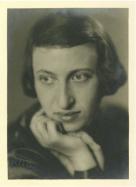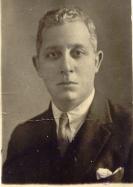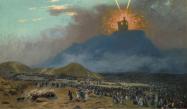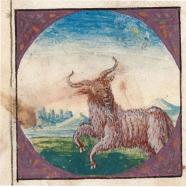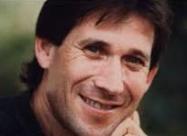(105 results found)
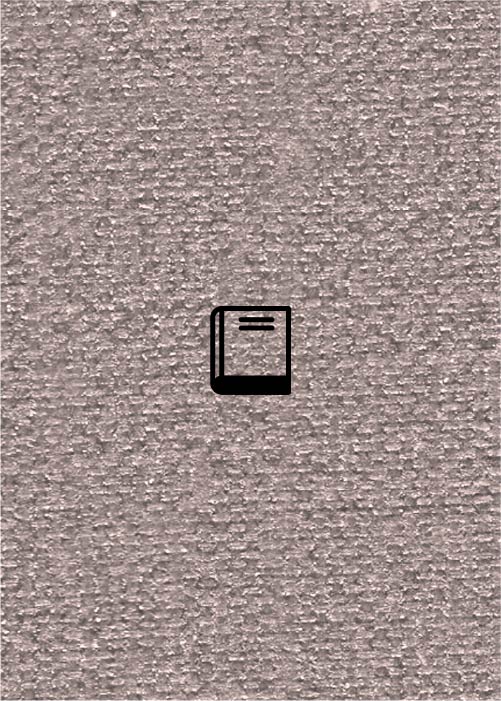
From Mount Sinai to the Year 6000: a Study of the Interaction of Oral Tradition and Written Sources in the Transmission of an Ashkenazi Liturgical Chant (Akdamut)
… … 1 … 3 … Rivista Internazionale di Musica Sacra … Rivista Internazionale di Musica Sacra … 37487 … 175-206 … Libreria Musical Italiana … … 20 … 1999 … Daniel S. Katz … From Mount Sinai …

Interpreting Silence: Liturgy, Singing, and Psalmody in the Early Synagogue
… … 1 … 3 … Rivista Internazionale di Musica Sacra … Rivista Internazionale di Musica Sacra … 37489 … 47-109 … Libreria Musical Italiana … … 20 … 1999 … Theodor Karp … Interpreting …
Edith (Esther) Gerson Kiwi
… of Heidelberg with a dissertation on the 16th-century Italian canzonetta. In response to growing anti-semitism … with Robert Lachman of the Jerusalem Archive for Oriental music, and dedicated herself to teaching and to ethnomusicological research. She worked closely with Lachmann as …
Moshe Cordova
… m . Cordova was born in Edirne, an important Ottoman Jewish musical hub since the late 17 th century. Our knowledge … set to Turkish classical music on the Sabbaths at the Italian Synagogue in Galata. This synagogue was also known … since at least the late 1910s. It was founded by Jews of Italian origin who had broken away from the main body of the …

La penetration de la musique savante dans les synagogues italiennes au XVIIe siecle: le cas particulier de Venise
… XIV–XVIII: Venice 1983 … 38766 … 527-535 … Milan … … 1987 … Music … Liturgy … Synagogue … Art Music … Art … Italy … Italian … Israel Adler … Gaetano Cozzi … La penetration de …
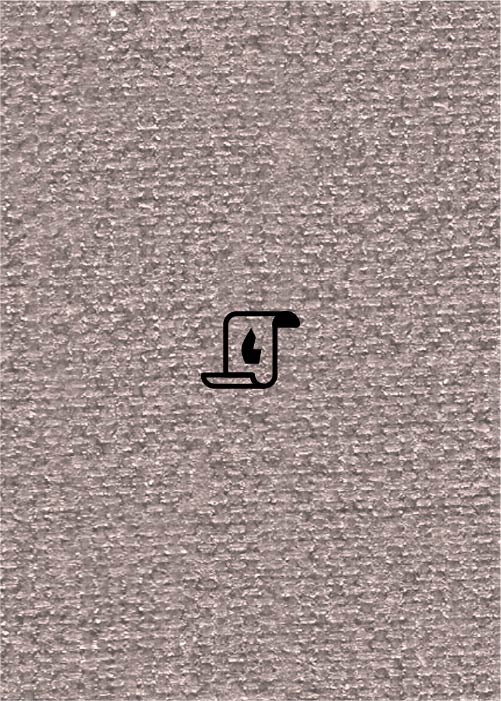
The Magical and Theurgic Interpretation of Music in Jewish Sources from the Renaissance to Hassidism (Hebrew)
… long series of Jewish texts containing a new evaluation of music as a means of power. This attitude emerges among Italian Jewish authors and seems to be influenced by … Writers like Johanan Allemanno and Isaac Abrabanel describe music in magical terms: by singing and playing one can …

Fragment hebraique d'un traite attribue a Marchetto de Padoue
… in Paris which is a grouping of three Medieval articles on music which were probably written by Marchetto. … 58 … 58 … 2 … Yuval Studies of The Jewish Music Research Centre … Yuval Studies of The Jewish Music … … Guidonian Hand … Bibliotheque nationale … Italy … Italian … Israel Adler … Amnon Shiloah … Bathja [Batya] …
Nuestro Señor Eloheinu/Las tablas de la Ley: A Song for Shavuot
… in sections according to the different Turkish makam s (musical modes), titled Shirei Israel be-eretz ha-qedem … of “Nuestro Señor Eloheinu” was circulating within the Italian Sephardic communities as early as the beginning of … example of “Yarad el hay” recorded by Leo Levy and sung by Italian cantor Simon Sacerdote of Livorno (first 33 seconds …
Had Gadya in Israeli Culture
… the modern fate of the song with in contemporary Israeli musical repertoire. H ad Gadya was incorporated to the … own version to Had Gadya in Hebrew using the melody of the Italian song Alla fiera dell’est (‘At the Eastern Fair’) composed by the Italian singer and song-writer Angelo Branduardi in 1976. …
Uzi Hitman
… to Hitman, his father had a great influence on his musical path, and he used to play recordings of his father's … whenever he had visitors. In addition to the cantorial music played in his childhood home, Hitman’s parents listened to Italian opera music, pop music bands and rock music bands …

